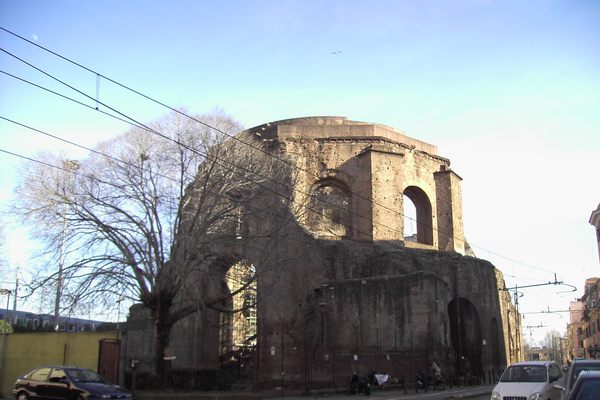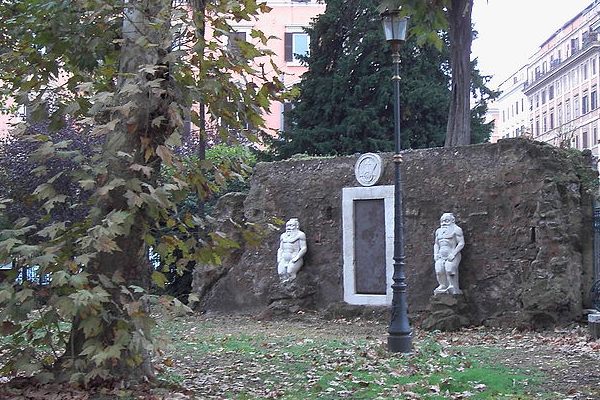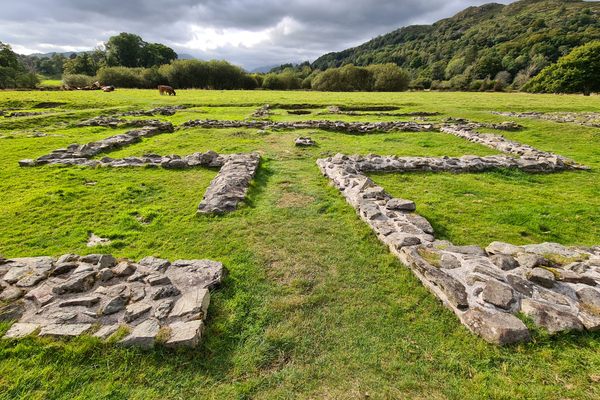Tomb of Eurysaces the Baker
A freedman baker’s lavish tomb has a relief showing various stages of Roman bread making.
Somewhat dwarfed by the magnificent third-century Porta Maggiore (“Larger Gate”), just outside the Aurelian Walls of Rome stands a well-preserved tomb 33 feet above ground. While this marble monument may seem fit for an emperor, it was actually built for Eurysaces, a local baker and a former slave.
Not much of his life is known outside the funerary inscription. But we know Marcus Vergilius Eurysaces was born into slavery, as his name combines Roman and Greek nomenclatures, a typical custom of freedmen. Celebrating his profession may also hint at his status: elite Romans did not respect bakers. baking was not well-respected by the elite class.
Nevertheless, Eurysaces was a successful man and seems to have become part of the nouveau riche after he was granted freedom and Roman citizenship. Certainly, Eurysaces became wealthy enough to erect a lavish tomb for himself (and possibly his wife Atistia) during his lifetime, circa 50-20 B.C.
While not many have survived, many parvenus and people freed from slavery were able to build lavish funerary monuments in ancient Rome. Since they had no official lineage, an important status symbol in Roman society, people freed from slavery who became successful would often build large tombs not only for themselves but for their descendants, so that they could see how far they had come.
One thing that makes the tomb of Eurysaces the Baker unique is that it has a sculpted frieze in “plebeian” style, a relief showing various stages of bread production, from the delivery of grain to the making of flour, the kneading of dough to the baking done in a “pizza-type” oven.
The inscription has also drawn the attention of archaeologists, as the translation of its last word remains a subject of debate. It reads: “HOC MONIMENTVM MARCEI VERGILEI EVRYSACIS PISTORIS REDEMPTORIS APPARET,” which translates to: “This is the monument of Marcus Vergilius Eurysaces, baker, contractor, public servant.”
While this is the common translation, the controversy comes from the fact that the Latin word for “public servant” (as well as “gatekeeper”) is appāritor, not appāret. The latter is a verb that means “to make apparent,” which does not quite fit the context of the epitaph. One theory, proposed by professor Mary Beard, is that it essentially means “it is obvious”—that is to say, “isn’t it obvious that Eurysaces was a baker?”
Know Before You Go
In addition to the tomb outside the Porta Maggiore, you can also find the funerary sculpture of Eurysaces and his wife Atistia at the Centrale Montemartini Museum.
Plan Your Trip
The Atlas Obscura Podcast is Back!





















Follow us on Twitter to get the latest on the world's hidden wonders.
Like us on Facebook to get the latest on the world's hidden wonders.
Follow us on Twitter Like us on Facebook